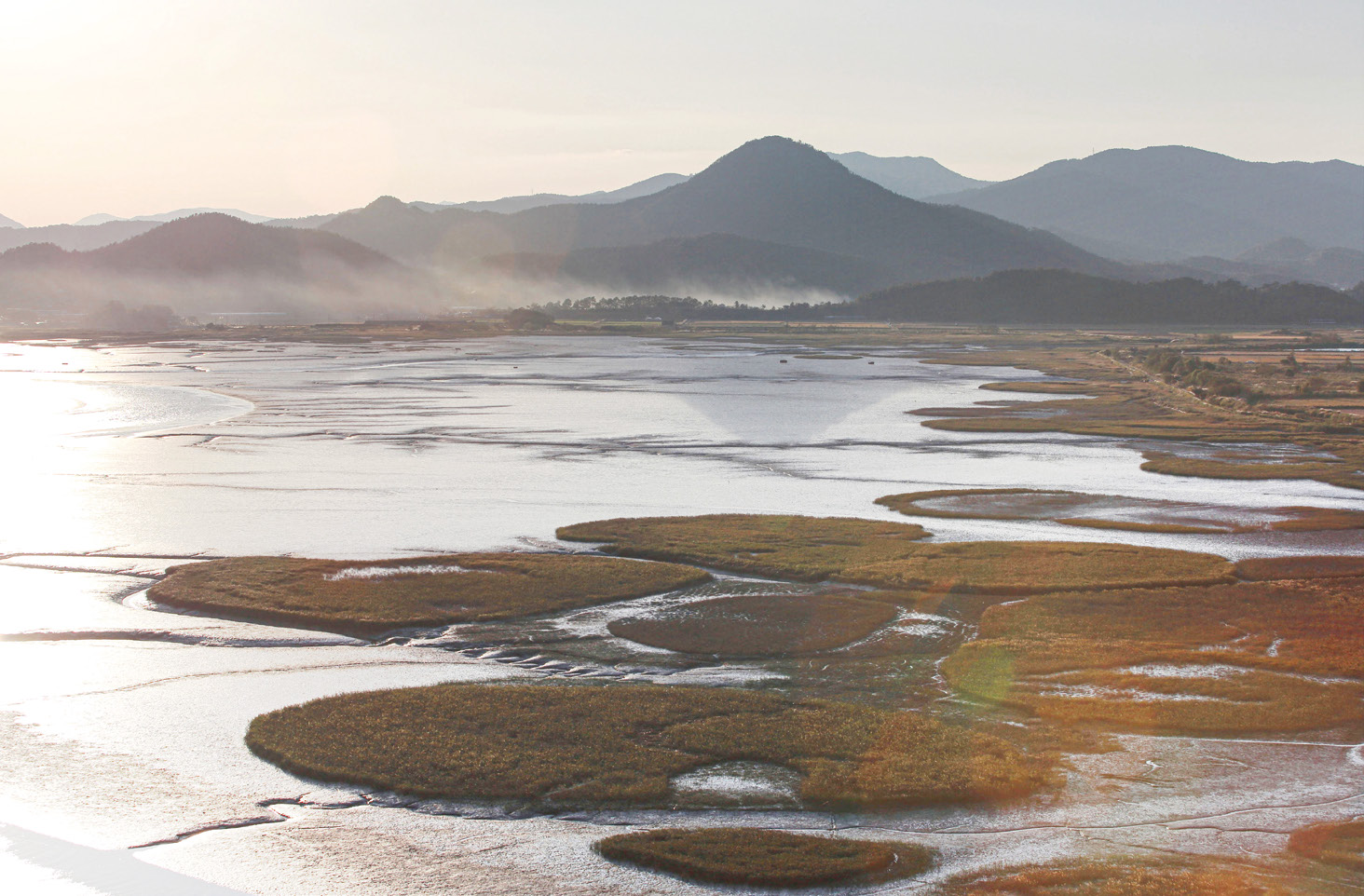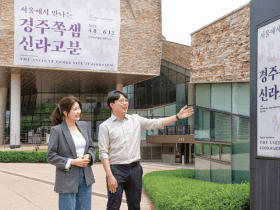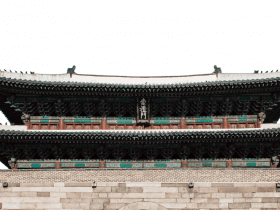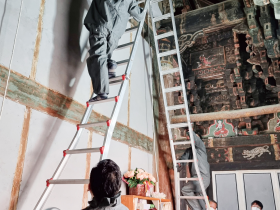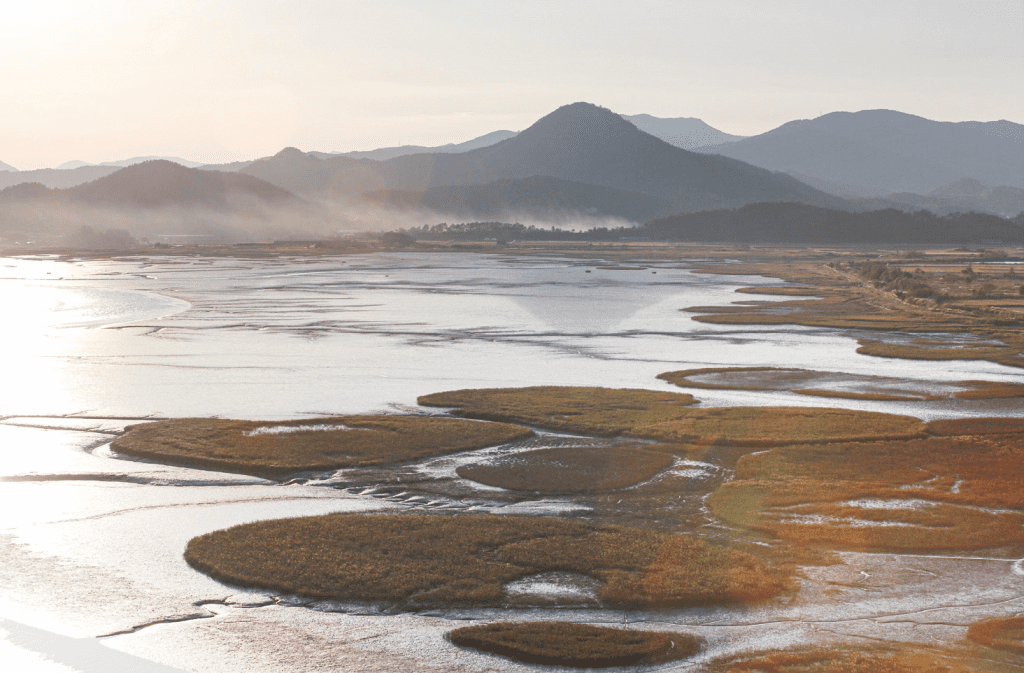

Far Eastern curlew, an endangered bird included in the International Union for Conservation of Nature (IUCN) Red List, is a migratory bird that comes to Korea’s tidal flats every spring and autumn. After flying for thousands of kilometers without a single break, the Far Eastern curlew replenishes energy in Korea’s vast tidal flats and starts flying again. Although it seems like there is nothing, there are many creatures living in the tidal flats where the long, curved beak of the Far Eastern curlew digs through.
On July 26, 2021, “Getbol, Korean Tidal Flats” made its way into UNESCO’s World Heritage List, becoming Korea’s second natural heritage site, following the Jeju Volcanic Island and Lava Tubes inscribed in 2007. The listing of Korea’s tidal flats to UNESCO World Heritage provided an opportunity to reexamine the ecological and environmental value of the tidal flats, which has been considered abandoned land by the sea.
In 2009, the Wadden Sea, tidal flats that extend over three countries of the Netherlands, Germany and Denmark, was inscribed on the UNESCO World Heritage List, for the first time as tidal flats. It is the largest tidal flats system in the world, where natural processes are almost undisturbed, many plants and animals including marine mammal species of harbor seal (Phoca vitulina), grey seal (Halichoerus grypus) and harbor porpoise (Phocoena phocoena) inhabit the tidal flats and where some 12 million birds pass through each year. Moreover, up to 80 million visitors travel to the Wadden Sea region every year thanks to the three countries’ tidal flat conservation policy. Nature and humans coexist in the Wadden Sea.
The tidal flats of Korea are also a land of coexistence. It is home to about 2,150 species of flora and fauna, including 47 indigenous species and 22 endangered waterfowl. Far Eastern curlew is one of them. The tidal flats are also a land of livelihood for nearby residents who live by the sea. It has become the foundation of the local economy through sun-dried salt making, tidal flats fishery and fixed net laver aquaculture. Korea’s tidal flats in 2022 are economic means for residents, a treasure trove of the ecosystem providing resting areas and food for animals and plants, including birds.
However, at one time in the past, tidal flats in Korea were regarded as useless land and reclamation projects were implemented with the goal of constructing cities and expanding territories. Experts say about half of Korea’s tidal flats have been lost due to reclamation projects. However, with the Ramsar Convention for the protection of wetlands and the inscription of Korean tidal flats on the UNESCO World Heritage List, the importance of tidal flats are now being recognized and the perceptions are changing. The Korean government has designated 14 tidal flats as Wetland Protected Areas to protect the tidal flats and working on a tidal flat ecosystem restoration project as well.
Tidal flats cannot be negotiated for economic value. It is a space where the sea meets land and the people meet nature. Numerous creatures live together in organic relations in the vast space of tidal flats. The tidal flats, land of coexistence where life flourishes, are filled with life today.









